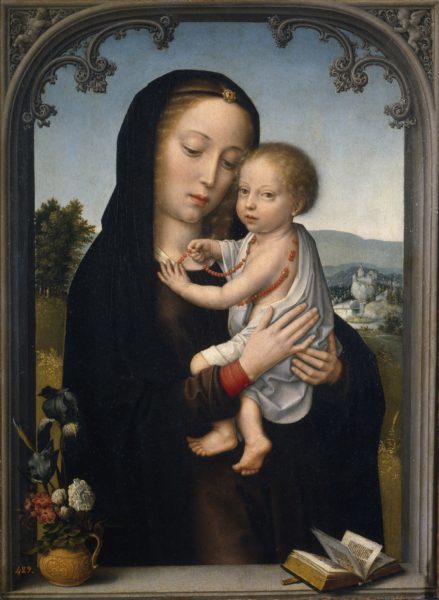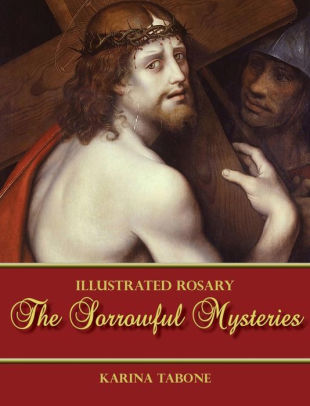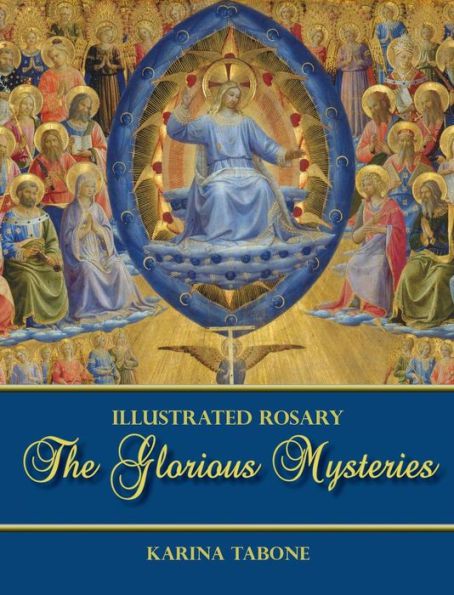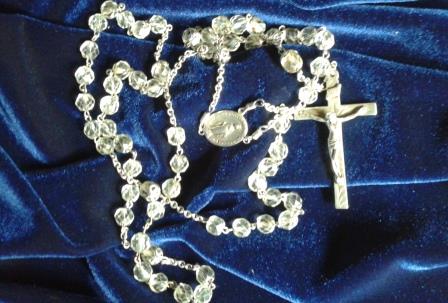 Many religious traditions include beads as a part of their prayers and rituals because they help keep track, in an automatic way, of how many repetitions of prayers have been said. Islamic prayer beads, called misbaha, tasbih, or sibha, usually have 99 beads, corresponding to the number of Names of God in Arabic with 2 smaller beads in between each set of 33. The prayers recited include the Subhan Allah (Glory be to God,) the Al-hamdu lilah (Praise be to God) and the Allahu Akbar (God is the greatest.) Members of the Sikh faith use 108 mala beads when reciting verses from the Guru Granth Sahib, and some of the Buddhist and Bahai religious traditions also have a custom of praying with beads. However, perhaps the most ancient of prayer beads, referred to as japa mala, are used as part of the sadhana or “spiritual exercises” of Hinduism for repetition of a specific mantra or to assist in meditation. The number of beads used in Hindu prayer has varied across location and history, but the most common japa mala normally has 108 beads.
Many religious traditions include beads as a part of their prayers and rituals because they help keep track, in an automatic way, of how many repetitions of prayers have been said. Islamic prayer beads, called misbaha, tasbih, or sibha, usually have 99 beads, corresponding to the number of Names of God in Arabic with 2 smaller beads in between each set of 33. The prayers recited include the Subhan Allah (Glory be to God,) the Al-hamdu lilah (Praise be to God) and the Allahu Akbar (God is the greatest.) Members of the Sikh faith use 108 mala beads when reciting verses from the Guru Granth Sahib, and some of the Buddhist and Bahai religious traditions also have a custom of praying with beads. However, perhaps the most ancient of prayer beads, referred to as japa mala, are used as part of the sadhana or “spiritual exercises” of Hinduism for repetition of a specific mantra or to assist in meditation. The number of beads used in Hindu prayer has varied across location and history, but the most common japa mala normally has 108 beads.
In terms of Christian prayer beads, the Catholic Rosary may be the most common form, but there are also versions of rosaries that have been adopted by Eastern Orthodox, Anglican, and Episcopalian communities. And there is also a small 18 bead Lutheran “Wreath of Christ” that was developed by Bishop Emeritus Martin Lonnebo in Sweden in 1995.
In Catholic tradition, October is a month dedicated to praying the rosary, and October 7 is set aside to celebrate the Feast of Our Lady of the Most Holy Rosary. The Catholic Rosary traditionally dates to the thirteenth century. It is said that the prayer form was given to Saint Dominic by an apparition of Mary in 1214. However, the practice of meditating during the rosary was likely initiated much later by Dominic of Prussia (1382-1460,) and Pope Pius V institutionalized the devotion to the rosary in a papal bull that was released in 1569.
Since that date, the practice and structure of praying the Rosary has remained relatively unchanged. The faithful are called to meditate on the joyful mysteries, the sorrowful mysteries, and the glorious mysteries while praying the Rosary. In 2002, Pope John Paul II added a fourth category of mysteries – the luminous mysteries. Each set of mysteries contains 5 gospel snapshots, but it can be hard to keep each mystery in mind while reciting the Rosary, especially for someone who is visual like me.



But I have recently found a new resource that I think will help enormously. Karina Tabone has compiled a collection of beautiful religious paintings that depict the different mysteries that are set alongside the text of the prayers. Karina writes that her development of these books came out of her desire to pray the Rosary with her three young children, which was greatly facilitated by concentrating their focus on the pictures. You can find Karina’s books on Amazon and Barnes and Noble, and you can find her blog at her website which is www.illustratedprayer.com. She has just recently completed her final book in the series that illustrates the luminous mysteries.
When I was in second grade and had my first communion, I received a rosary as a gift. It was a pretty standard kid’s rosary, made with small white plastic beads. Still I carried it with me through life, and when I was in college I would wear it under my clothes if I had a really difficult test coming up. It made me feel loved and calmer, and I liked that the crucifix would bump up against my stomach, one of the areas where I carried stress in my body.
I haven’t been very religious about praying with my rosary, but I still feel strongly connected to it. And I really think it is more than a sort of unconscious nostalgia, although that is a part of it. One of my earliest memories is of a time when it had been pouring rain, the water was rising in the yard, and there was a concern that our home would be flooded. My mom came into the bedroom I shared with my sister Lori in the middle of the night to pray the rosary with us. Our basement was completely flooded, but the water stopped before it could reach our living level. What I learned from that experience was important – that when times are scary, praying the rosary can be an automatic response that also brings comfort.
 A number of years ago, I decided that I needed a new rosary. I told my family that I wanted a “grown up woman’s” rosary for Christmas. I figured maybe it would be made with wooden beads or something like that. Then on that Christmas morning, I opened a small box from my mom. Inside I found my grandmother’s very beautiful rosary with crystal beads, as-shown in this photo. Of course I protested – how could my mother bear to give up her rosary that she got from her mother? But she was insistent – she said that she had other rosaries and so I accepted it, feeling so blessed and connected to my maternal heritage. My mom always liked Christmas surprises like that. (She also gave me an easel one year that I fully expect to get good use of once I have more time and can take art classes again.)
A number of years ago, I decided that I needed a new rosary. I told my family that I wanted a “grown up woman’s” rosary for Christmas. I figured maybe it would be made with wooden beads or something like that. Then on that Christmas morning, I opened a small box from my mom. Inside I found my grandmother’s very beautiful rosary with crystal beads, as-shown in this photo. Of course I protested – how could my mother bear to give up her rosary that she got from her mother? But she was insistent – she said that she had other rosaries and so I accepted it, feeling so blessed and connected to my maternal heritage. My mom always liked Christmas surprises like that. (She also gave me an easel one year that I fully expect to get good use of once I have more time and can take art classes again.)
Anyway, one Sunday, shortly after I received my grandmother’s rosary, I went to Mass with my friend Maggie. I had been carrying the rosary around in my purse and I brought it out to show her and she said “yes, of course,” and she reached into her purse and brought out her own rosary that was very similar – almost identical to mine – crystal beads and a nice crucifix. And I was delighted! You might think that it would make me feel like my rosary was less special, since apparently it was a pretty common style at one point. However, I actually felt even more connected to all of the other women out there with crystal rosaries that they were probably carrying around in their purses just like me, and I was fine.
Image: “The Virgin with Child,” attributed to Gerard David, circa 1520, Museo del Prado, Madrid, Spain, inventory number P001537, https://www.museodelprado.es/en.
Photo Credit: My Grandmother’s Rosary, Julie Henkener, 2018.















2 Comments
Leave your reply.